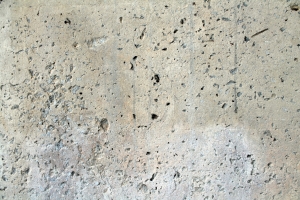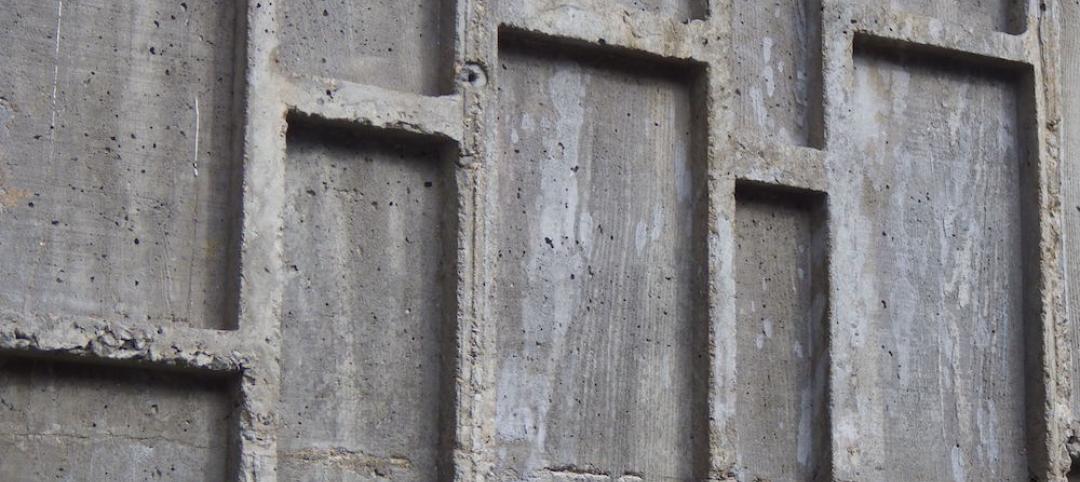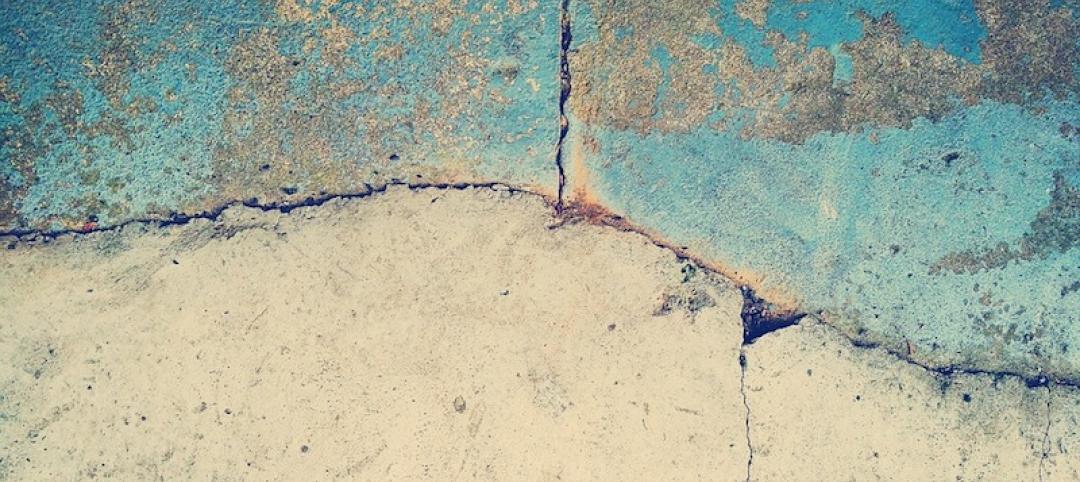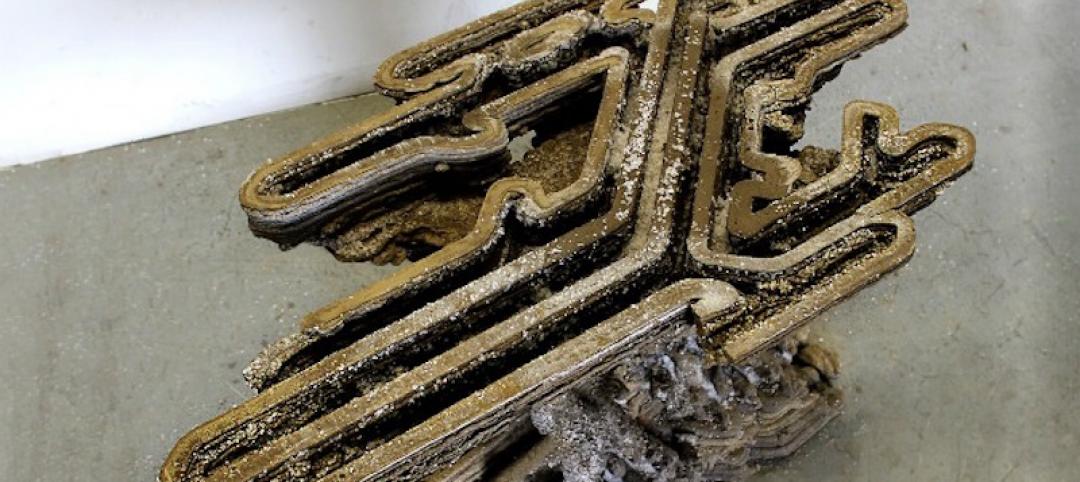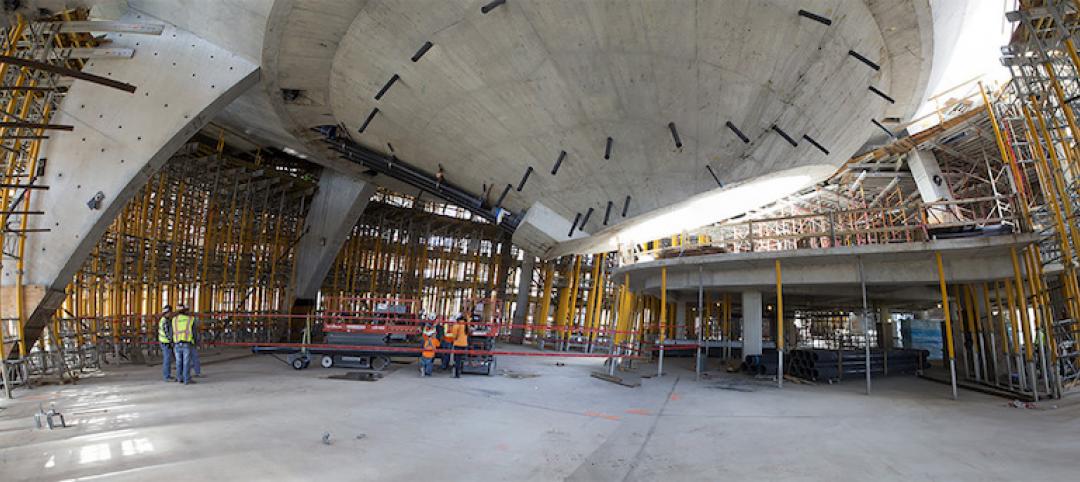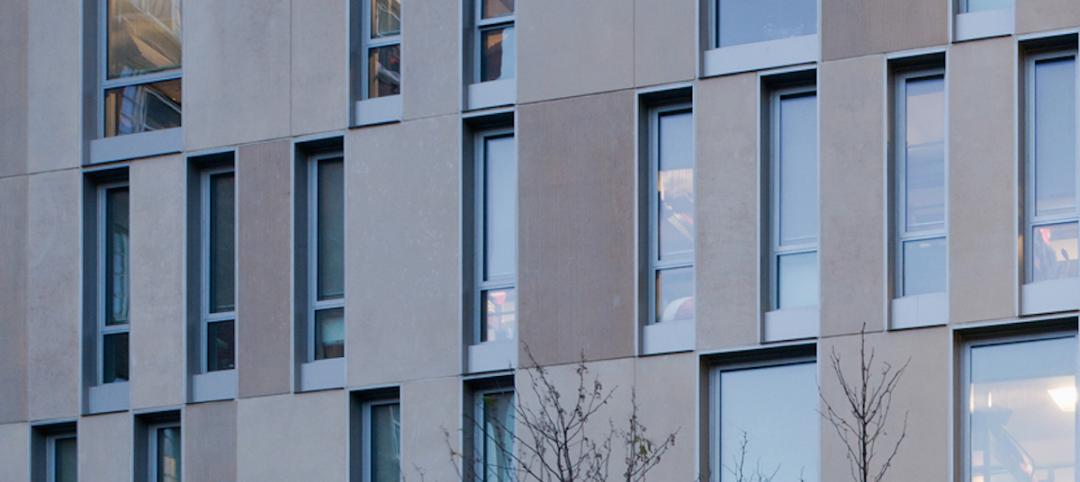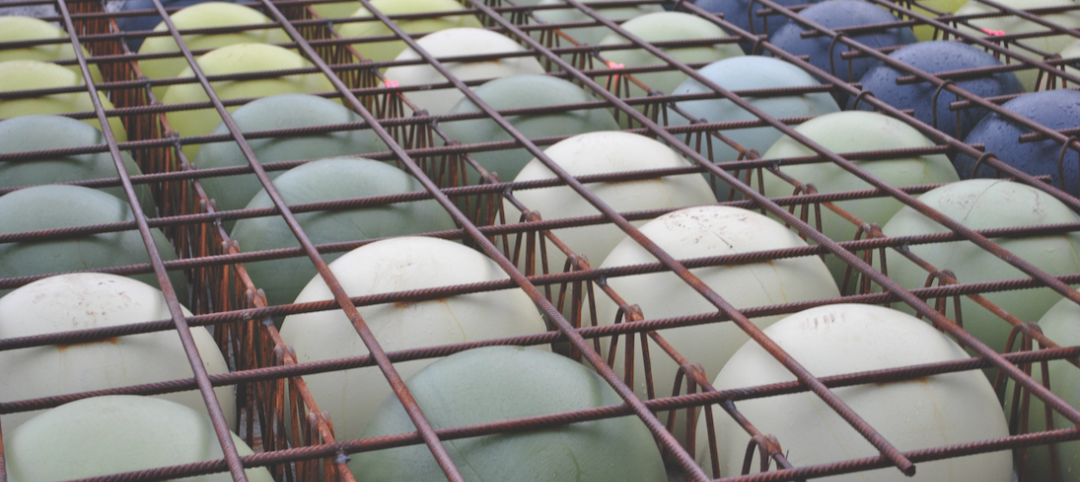Concrete is ubiquitous in our world, as is concern about carbon emissions. The creation of concrete is a major source of carbon emissions, because the calcium-based substances that make it up are heated at high temperatures to form the cement.
But scientists at MIT may have found a way to decrease the carbon emissions that result from concrete production: reducing the ratio of calcium to the silicate-rich clay.
Normally, concrete is made by mixing gravel, water, sand, and cement, Gizmag reports. The cement is produced by heating calcium-rich materials (e.g., limestone) at temperatures up to 2,732 F, and researchers say that this part of the process produces the majority of the carbon emissions.
The MIT research team examined the makeup of the concrete, and found that a calcium to silica ratio of 1.5 is the optimal mix for reducing emissions and producing quality concrete. In the industry, these ratios can vary from 1.2 to 2.2, though 1.7 is the cement production standard. Changing the standard ratio to 1.5, researchers say, could reduce carbon emissions by as much as 60%.
This mix of concrete was also shown to have a higher resistance to fractures. According to Gizmag, the researchers claim that "this is due to the molecular structure transforming from a tightly ordered crystalline to a disordered glassy structure." Regardless of the reason why, the 1.5 ratio concrete has twice the mechanical resistance to fractures of normal cement.
Because the analysis of this concrete mix was carried out on a molecular level, it remains to be seen whether or not these results will remain the same in engineering-scale applications. This research was published in the journal Nature Communications.
Related Stories
Building Materials | Jun 1, 2016
MIT study: Microscopic structure of natural materials can inspire better concrete
Bones and sea sponges are highly organized at the molecular level, while concrete consists of random composites.
High-rise Construction | Mar 28, 2016
SOM’s Salt Lake City skyscraper uses innovative structural system to suspend itself over a neighboring building
The hat truss-supported office tower was topped off in January, rising 25 stories above the Salt Lake City streets.
Concrete Technology | Jan 27, 2016
New concrete can make roads, sidewalks safer by melting ice and snow
The de-icing concrete uses an electrical current to generate heat to keep roads safer during winter storms.
3D Printing | Jan 25, 2016
Architecture students create new method for 3D printing concrete
The team's Fossilized project allows for structures that are more varied and volumetric than other forms so far achieved.
Great Solutions | Jan 20, 2016
Digitally fabricated concrete formwork pushes the limits of what can be cost-effectively constructed in concrete
Simpson Gumpertz & Heger and CW Keller use 3D modeling and CNC machining to advance concrete construction.
Great Solutions | Jan 20, 2016
Sasaki Associates develops simple yet novel solution for precast concrete complication
Its double-angle cladding anchor maintains the air/water/vapor barrier integrity and continuous insulation while still allowing for the desired versatility of precast panels.
Great Solutions | Jan 19, 2016
Concrete innovation: voided biaxial slab slashes weight, saves concrete
System reduces slab dead load by 30% on medical clinic project
Concrete | Jan 15, 2016
Fallingwater to Sydney Opera House: Ranking the world’s best concrete buildings
Large and small, some of the most iconic structures of all time were made of the composite building material.
Vertical Transportation | Aug 5, 2015
ThyssenKrupp’s maglev elevator test tower almost ready
The 761-foot concrete tower will enable the manufacturer to test its maglev elevator prototypes. The new elevators will be moved by magnets, allowing for vertical and horizontal movement of multiple cars in one shaft.
Museums | Jul 28, 2015
MUST SEE: Zaha Hadid's latest museum project is built into a mountain
The museum, dedicated to legendary mountaineer Reinhold Messner, is embedded within Mount Kronplatz in northern Italy.


